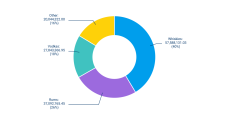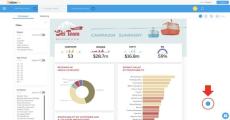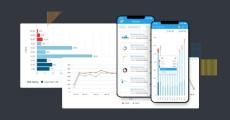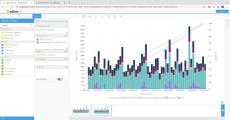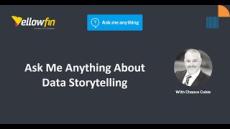- April 2024 (3)
- March 2024 (4)
- February 2024 (5)
- January 2024 (10)
- December 2023 (3)
- November 2023 (4)
- October 2023 (5)
- September 2023 (4)
- August 2023 (11)
- July 2023 (5)
- June 2023 (7)
- May 2023 (6)
- April 2023 (2)
- March 2023 (2)
- February 2023 (5)
- January 2023 (3)
- December 2022 (3)
- November 2022 (5)
- October 2022 (11)
- September 2022 (12)
- August 2022 (10)
- July 2022 (8)
- June 2022 (9)
- May 2022 (9)
- April 2022 (8)
- March 2022 (3)
- February 2022 (2)
- January 2022 (1)
- December 2021 (2)
- November 2021 (2)
- October 2021 (5)
- September 2021 (2)
- August 2021 (5)
- July 2021 (4)
- June 2021 (4)
- May 2021 (3)
- April 2021 (8)
- March 2021 (9)
- February 2021 (6)
- January 2021 (7)
- December 2020 (9)
- November 2020 (6)
- October 2020 (8)
- September 2020 (8)
- August 2020 (6)
- July 2020 (5)
- June 2020 (8)
- May 2020 (5)
- April 2020 (10)
- March 2020 (9)
- February 2020 (11)
- January 2020 (14)
- December 2019 (11)
- November 2019 (8)
- October 2019 (7)
- September 2019 (11)
- August 2019 (11)
- July 2019 (11)
- June 2019 (9)
- May 2019 (15)
- April 2019 (12)
- March 2019 (5)
- February 2019 (2)
- January 2019 (9)
- December 2018 (9)
- November 2018 (11)
- October 2018 (11)
- September 2018 (8)
- August 2018 (10)
- July 2018 (17)
Yellowfin is a global Business Intelligence (BI) and analytics suite of products, dedicated to solving real enterprise analytics challenges and helping business people understand not only what happened, but why. Founded in 2003 in response to the complexity and costs associated with implementing and using traditional BI tools, Yellowfin delivers the only enterprise analytics software suite that offers industry-leading automated analysis, storytelling, and collaboration.
The Yellowfin Analytics Suite consists of five components that can be used either individually or as part of an integrated solution. They are:
Yellowfin Data Prep – Users can connect to a range of data sources, such as relational databases, Hadoop, NoSQL, spreadsheets and Web APIs. Data is merged and transformed so it’s accessible by any analytics tool.
Yellowfin Data Discovery – With Yellowfin Data Discovery, users can analyse data using spreadsheets, database or web applications. The Assisted Insights feature uses machine-learning algorithms for automatic answers faster, which saves the headache of manually combing through the data. Insights can then be published and shared with Dashboards, Stories and Storyboards.
Yellowfin Dashboards – With Yellowfin Dashboards, users can track key performance indicators (KPIs) in real time. It also includes the Assisted Insights feature for finding faster answers. Yellowfin’s dashboards are slick, customisable and highly interactive, providing the perfect way to monitor your business at a glance. You can quickly apply filters, sub queries and use drill through, down-down or drill-anywhere to find the detail you need fast.
Yellowfin Signals – Yellowfin Signals applies machine-assisted automation to monitor live data continuously in the background. It looks beyond the dashboard, searching for anomalies and data outliers that indicate something is different. Its alerts are automated and delivered as changes happen. Yellowfin Signals keep business leaders informed and provide an early-warning system for analysts, helping them to deliver insights to the business, much faster.
Yellowfin Stories – Yellowfin Stories enable users to create compelling long-form analysis that provide context to the numbers. Within a blog-like format, users can add live or static reports, embed external media (such as images or videos), and write their narrative to explain the story within the data – and a create common and consistent understanding across the organisation. It is also the first-ever cross-vendor storytelling product that lets you easily embed reports from multiple dashboard vendors, to create fully formed stories. With Yellowfin Stories, businesses can create common and consistent understanding across the organisation.
In 2018, Yellowfin ranked in the Top 5 across all 15 Gartner Critical Capabilities for Analytics and Business Intelligence Platforms and was scored a leader in ‘Embedded BI’ and ‘Operational BI’ in the BI Survey from BARC. More than 27,000 organisations, and more than three million end-users across 75 different countries use Yellowfin every day to get to the why faster.
Yellowfin is available directly and through more than 300 partners worldwide. It is also very popular with software vendors, who embed Yellowfin in their software.




